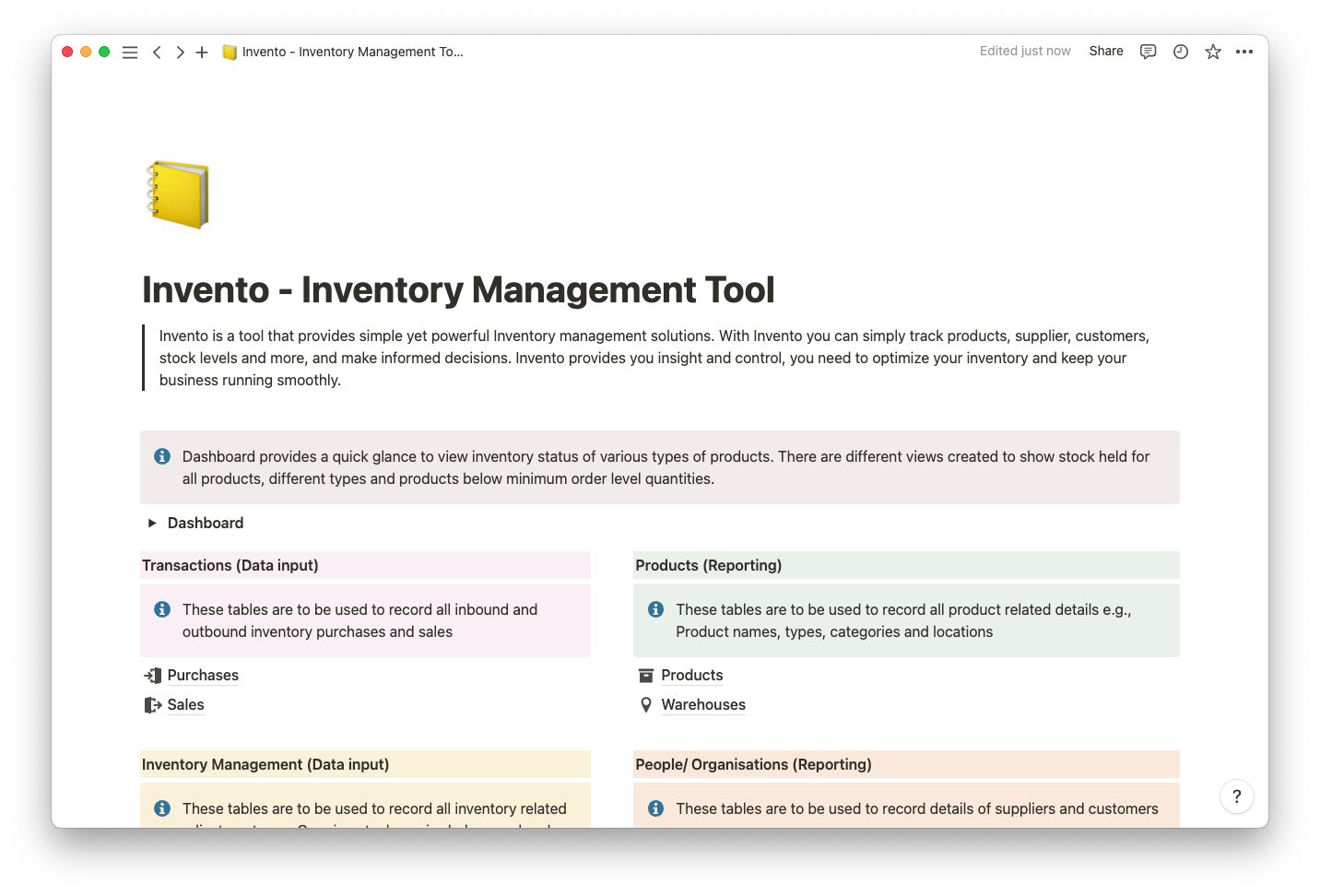Murphy’s first law says it best: “Anything that can go wrong will go wrong.”
This statement might not be true all the time. But in the context of project management, you have to plan with worst-case scenarios in mind.
Creating a plan for project management risk is a crucial step to circumventing any problems that could stall your next project’s completion.
Being able to identify the most common types of risks, understanding the importance of managing them, and knowing how to resolve them are essential skills for any project manager. But before delving into these concepts, here’s what risks in a project are and how to spot them.
What is risk management?
A risk is any factor that can potentially impact or impede your project’s completion timeline, budget, or performance on deliverables.
With that in mind, the definition of risk project management itself is identifying, analyzing, and categorizing potential roadblocks. During this process, you prioritize dangers in order of importance and decide how to mitigate them before they turn into larger issues.
You never know what could happen along a project’s timeline. Anything could upend your whole plan in an instant. But careful analysis of potential issues gives you the chance to prevent unexpected delays and unnecessary extra steps. You can’t prevent everything, but you can save time and energy for the production team, stakeholders, and everyone else involved.
Analyzing risk starts by knowing your project’s goals and how you’ll achieve them. That way you can develop strategies to spot and prevent potential issues along the way. At each step, consider the probability of each risk occurring, when and how it may occur, and what to do if it happens.
10 common types of risks in project management
There are many risks to consider when tackling a project, and you might not be able to anticipate them all before they happen. Flexibility and adaptation are the keys to managing risk effectively. But there are some common ones you can plan for:
1. Cost
Arguably one of the most critical and contentious factors, your team needs to examine cost risk thoroughly. Failing to account for inflation or additional hires can seriously hinder your project’s success, especially when emergencies come into play. You should estimate the cost of all factors accurately and assume you’ll stick with the allotted budget — but you should also create a plan for the scenario in which you have to spend more than you expected.
2. Scope creep
Scope creep occurs most often when a project undergoes significant changes, usually during implementation, because its elements were unclear from the beginning. As a result of that lack of clarity, you end up adding more and more elements to the project, lowering morale, and stretching budget constraints.
3. Scheduling
Tasks and milestones that take longer than you accounted for will hold up subsequent phases and, in extreme cases, can even push back your launch. Poor scheduling can also affect your quality control if you find yourself rushing through the process to make up for lost time.
4. Lack of skill and resources
Not having the proper personnel in place — either through a lack of proper training or a gap in your team — can cause serious delays in reaching milestones. The same is true when a resource shortage occurs, whether you don’t have the time, tools, or money you need.
5. Operational constraints
No business functions smoothly all the time. But some hiccups have extreme consequences. Operational constraints could arise from changes or inadequacies in internal processes, such as management role changes, new protocols, or external factors.
6. Technology
You also need to consider technical risk, especially if your team operates online. Emerging technology, shifting standards, and software adjustments can all impact your project’s regular flow. This is less about the tech itself and more about how it affects your people and tasks.
7. Governance and legalities
While governance risk is akin to a company’s ethics, community engagement, and stewardship, legal risk is slightly less predictable. Mistakes happen, and having legal safeguards in place gives you the tools to navigate contract breaches, NDAs, and litigation if the time comes.
8. Communication
When it comes to project management, communication has more weight than you think. Relevant messaging needs to happen in clear, concise, and contextual language, free of unnecessary jargon. This avoids misunderstandings of deadlines and deliverables.
9. Fluctuating market
Unstable market prices can cause financial risk, and they’re impossible to control — which makes this factor vital to consider.
Market risk falls into two categories: systematic and unsystematic. Systematic risks like interest rates and inflation affect all assets, while unsystematic risks, such as company-specific events, affect only a few investments. You need to address both in order to avoid budgetary and purchasing issues.
10. External factors
External risk is a broad category that includes pretty much anything you can think of — natural disasters, market crashes, even family emergencies. You might not be able to predict every potential danger, but writing down a few of the most likely options will help you plan.
Negative versus positive risk: What’s the difference?
It’s natural to view risks in a negative light. No company wants to go over budget or face a data breach.
But many successes stem from the unexpected. And roadblocks can fall into two categories: positive risks (opportunities) and negative risks (threats). You’ll find this terminology in a SWOT analysis to differentiate between beneficial and consequential uncertainties.
Negative risks are unwanted factors that can stall, hinder, or even cease a project’s successful completion, such as the ones in the list above. But some positive ones — when you approach them with the right insight and care — help your project thrive in ways you wouldn’t have otherwise thought.
What if you finish deliverables ahead of schedule? You could use that extra time to add an exciting feature. What if the project comes in under budget? The money could go towards higher-quality resources for next time. What if the delay of the final deliverable highlights a fatal flaw in your system? Now you know what your team needs to change and how to come back stronger.
How to manage project risk in 5 steps
No amount of foresight completely eliminates risks. But you can spot potential dangers, rate your threshold, and plan for the worst — a process that doesn’t stop when your project begins.
Here are five steps to managing risk throughout your project’s lifecycle:
1. Define the project’s scope
Start by defining your project scope with a document that includes all objectives, resources, and deliverables. This helps you recognize where and when issues may arise and provides a clear end-goal focus.
2. Identify and analyze
Next, conduct a risk assessment for unexpected events, both positive and negative, that may affect the completion of your project. Consider the likelihood, impact, and severity they might present if they come to fruition.
After identifying the risks, analyze each one. Consider approaching this step from three perspectives: the historical context, where you compare similarities of the current project with ones done in the past; the current situation, based on all the parameters of the project; and the creative approach, where your team imagines all “what-if” scenarios from the mundane to the outlandish.
3. Create a risk register
A risk register is a comprehensive document that your team can use to record the results of your analysis and response planning. It may include a section for analysis and a project management plan for when things go wrong. This is the blueprint of your risk management process, so accuracy is key.
4. Prioritize and assign responsibilities
Identify the urgency of each risk to determine which you’ll need to handle immediately and which can wait. Assign appropriate team members to take responsibility for mitigating and reporting specific risks, and make sure they know what to do if they happen.
Complete this step with positivity and an open mind. And always have a contingency plan in place for when Plan A goes wrong.
5. Monitor and review the risks
Keep an eye on project progress as you reach each milestone. Vigilantly monitor all risks that may have happened — you might not notice them right away. You should also constantly review the process to see if any new ones have come up. Constant communication and transparency are key here.
Identify and manage project risk with Notion
Effective risk management for project managers goes a long way toward producing smooth, productive projects.
Make the entire risk analysis process seamless with Notion. Manage product quality, develop strategic plans, and document a risk matrix to keep everyone in the loop. Notion has everything you need to stay on track.





